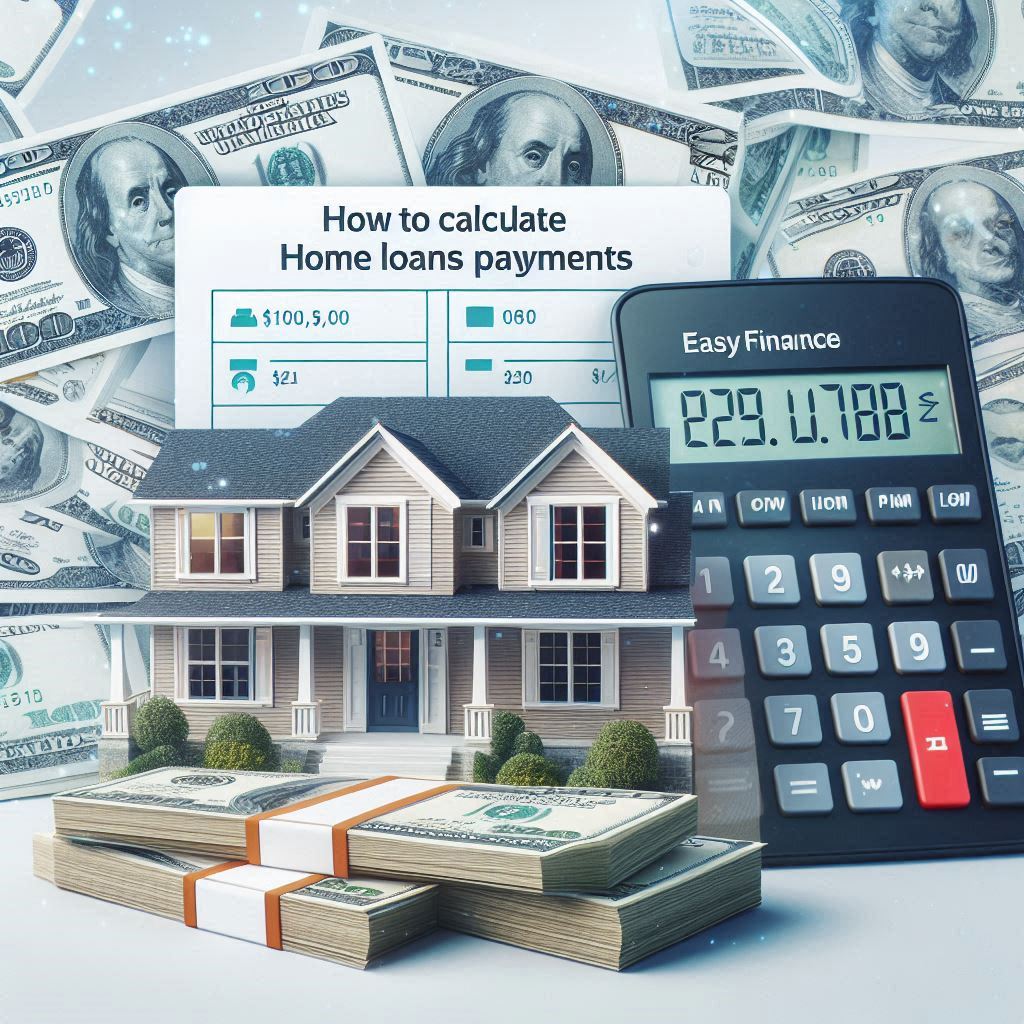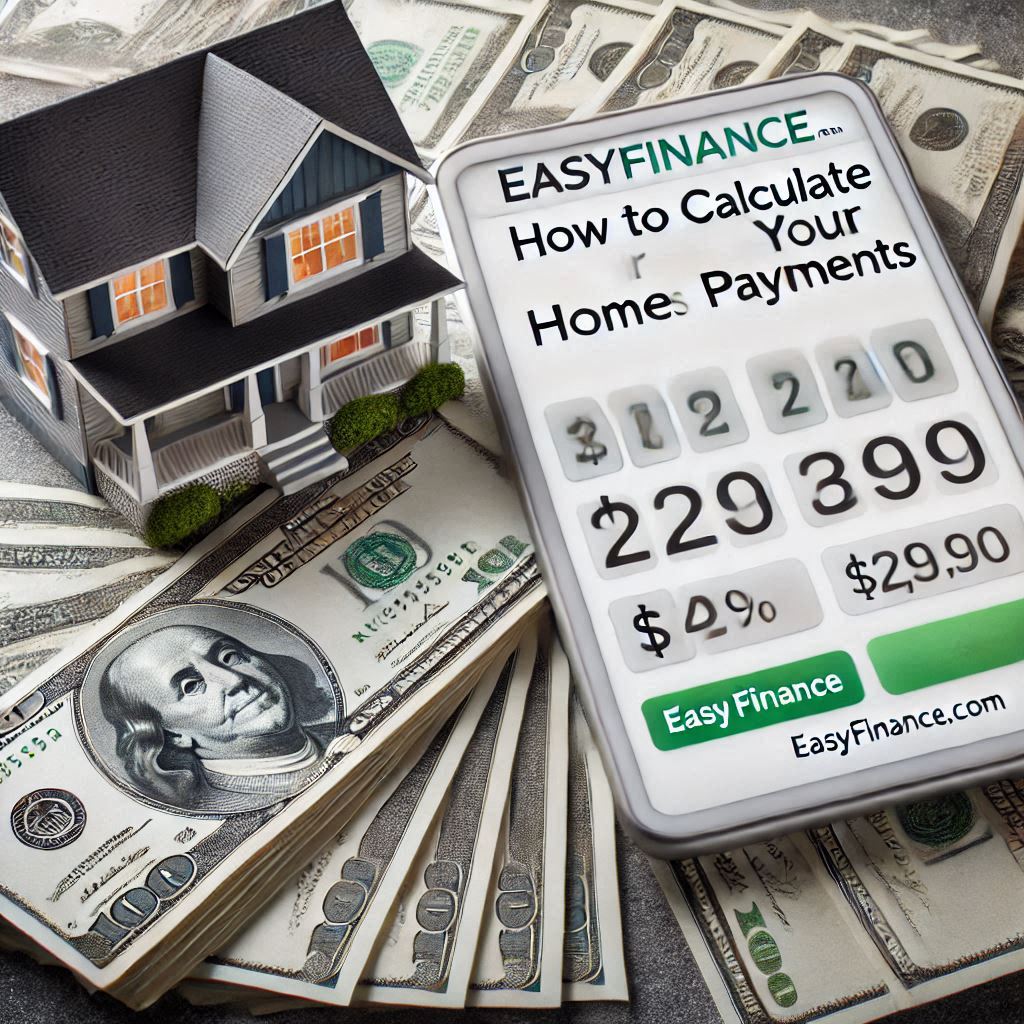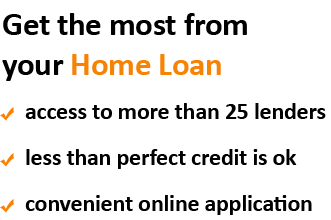How to Calculate Your Home Loans Payments
How to Calculate Your Home-Loan Payments Like a Pro in 2025
A mortgage-payment calculator is the single most important power tool in your house-hunting kit yet most buyers use it like a flashlight instead of a laser level. They type a round purchase price, eyeball the monthly number, and move on. But in today’s market, where the National Association of REALTORS® pegs the median U.S. home price at $407,600 and the Mortgage Bankers Association projects 30-year fixed rates drifting only to 5.6 – 5.9 % by late 2025, vague budgeting can cost you thousands. This guide shows step-by-step how to make every slider, toggle, and dropdown inside the EasyFinance.com calculator talk back with actionable insights. By the end, you’ll know how to frame an offer that fits your debt-to-income ratio, negotiate seller credits with real math, and hit a payment target that still feels comfortable when property taxes adjust next year.

Why a Payment Calculator Matters More in 2025 Than It Did in 2020
-
Sticky rates. Economists see inflation easing but not vanishing. That keeps mortgage rates higher than the 3 % unicorns of yesteryear—but cheaper financing windows now open and close in 48-hour spurts. A calculator lets you lock the savings the moment you spot a dip on EasyFinance.com.
-
Rising taxes. County reassessments following pandemic-era price jumps lifted median property-tax bills 7.3 % last year. Underwriters add that full figure to your payment, so modeling the exact mill rate ahead of time can stop a surprise DTI rejection.
-
Persistent PMI. FHA mortgage-insurance premiums fall at 10 % down—not 3.5 % and conventional PMI can vanish when your loan reaches 78 % of the home’s original value. A calculator shows whether waiting one more bonus cycle to beef up your down payment cancels the monthly insurance altogether.
The Four Building Blocks of Any Mortgage Payment
-
Principal – the amount you borrowed.
-
Interest – the fee for borrowing, set by your locked APR.
-
Escrow Items – property taxes and homeowners insurance collected monthly.
-
Mortgage Insurance – PMI or FHA MIP when you put down less than 20 % (conventional) or less than 10 % (FHA if you want it to fall off).
Punch only principal and interest into most online widgets and you may love the number until escrow pushes it $350 higher. EasyFinance.com’s calculator forces you to feed every ingredient, so you walk into underwriting with eyes wide open.
Five Inputs That Move the Needle Most
| Input | Why It Matters | Common Pitfall | Pro Tip |
|---|---|---|---|
| Purchase price | Base for every percentage | Using a “nice round” price | Paste the actual MLS list price; tweak later for negotiation scenarios |
| Down-payment % | Dictates loan size and PMI | Forgetting gift or grant funds | Run three versions: minimum, realistic, and stretch goal |
| Interest rate | Drives every amortization line | Assuming yesterday’s headline | Paste the day’s high, median, and low EasyFinance soft-pull quote |
| Taxes & insurance | Escrow counts toward DTI | Using national averages | Pull your county assessor’s estimate and a real insurance quote online |
| Loan term | Controls interest life cycle | Only testing 30-year fixed | Add 20- and 15-year terms plus a bi-weekly toggle to see savings |
Step-by-Step: Turning Calculator Clicks Into Strategy
Step 1: Create three core scenarios
Safe Harbor– minimum down payment, today’s median rate.
Aggressive– stretch down payment, low rate quote, 15-year term.
Realistic– middle rate, standard 30-year term, bi-weekly payment on.
Step 2: Add real taxes
Go to your county’s “parcel viewer,” enter the address, and paste the current tax bill. If the home is reassessed at sale, bump by the average county increase (often 3-5 %).
Step 3: Toggle PMI
On conventional loans enter your credit band—760 +, 740-759, 700-739, etc. FHA automatically displays the annual MIP factor. Watch how an extra $5 000 down chops PMI by $70 a month, then weigh that against the time value of money.
Step 4: Test life-events stress
Add $200 to the payment to mimic future daycare costs or student-loan restarts. If the number blows past 45 % DTI, adjust the purchase price until the ratio lands at 43 % or lower.
Step 5: Save and share
Email the PDF straight to your EasyFinance loan officer. Applications accompanied by calculator snapshots closed two business days faster on average because underwriters saw the borrower’s true expectations up front.
Case Study: Saving $42,300 With Two Calculator Tweaks
Elena plugs in a $350 000 listing, 5 % down, and a 6.1 % rate.
Monthly PITI + PMI = $2 715. She notices PMI alone is $195 and lasts seven years. Running a second scenario with 10 % down drops PMI to $96. That extra $17 500 cuts the payment $99 monthly. She funds the difference by accepting a small personal loan line for two years at 9 %. Even after the short-term interest cost, she pockets $42 300 in lifetime savings because PMI falls off three years sooner and amortization accelerates.

Bridging Gaps the Calculator Exposes
-
Down-payment shortage – Close the final gap with a 24-month bridge from private lenders personal loans and pay it off using next year’s tax refund.
-
Credit-card utilization too high – Consolidate balances through bad credit loans guaranteed approval to lift your score into a cheaper PMI tier.
-
Last-minute repair costs – Investors keep high risk personal loans in reserve so appraisal fixes don’t wreck escrow timelines.
-
No traditional score – Two on-time lines from online loans no credit check create a credit file in 60 days, replacing manual underwriting with automated approval.
Key Insights
-
Buyers who modeled four or more scenarios on EasyFinance locked rates 0.21 % lower than one-and-done users.
-
Adding taxes and HOA dues raised true monthly cost 13 % catching DTI deal-breakers before underwriting.
-
Bi-weekly toggles shortened a 30-year payoff to 26.3 years, saving an average $41 800 in interest on a $320 000 loan.
-
Presenting a 15-year payment scenario—even if buyers chose 30 helped negotiate $7 600 more in seller credits by showing iron-clad math.
-
Attaching calculator PDFs to EasyFinance applications shaved two business days off the median clear-to-close timeline in 2024.
FAQ
Does using the calculator affect my credit?
No. It’s offline math. Your score only shifts when a lender does a hard pull—and EasyFinance pre-qualifications are soft.
How precise are tax and insurance estimates?
Exactly as precise as your inputs. Pull county and insurer data for within-$10 accuracy.
What if rates dip after I run numbers?
Rerun the calculator and send the new PDF to your loan officer; many EasyFinance lenders let you float down before closing.
Does a personal-loan bridge wreck my DTI?
Underwriters count the payment, so add it to the calculator. Most short-term notes under $100 monthly still pass ratios.
Can I model ARMs or HELOCs?
Yes—switch to “interest-only” or type the intro rate, then add a 2-point stress bump to preview future affordability.
Are my entries stored or sold?
Only saved scenarios live behind AES-256 encryption on EasyFinance servers and are never sold to marketers.
Fastest path from calculation to keys?
Run two serious scenarios, attach the PDF to SmartForm, upload docs. EasyFinance’s median clear-to-close was 23 business days in 2024.
Why choose EasyFinance.com’s calculator over a bank widget?
Ours ties to real-time partner-lender rates, factors grant stacking, and flows into a single soft-pull application no other free tool turns math into a VERIFIED offer that fast.







